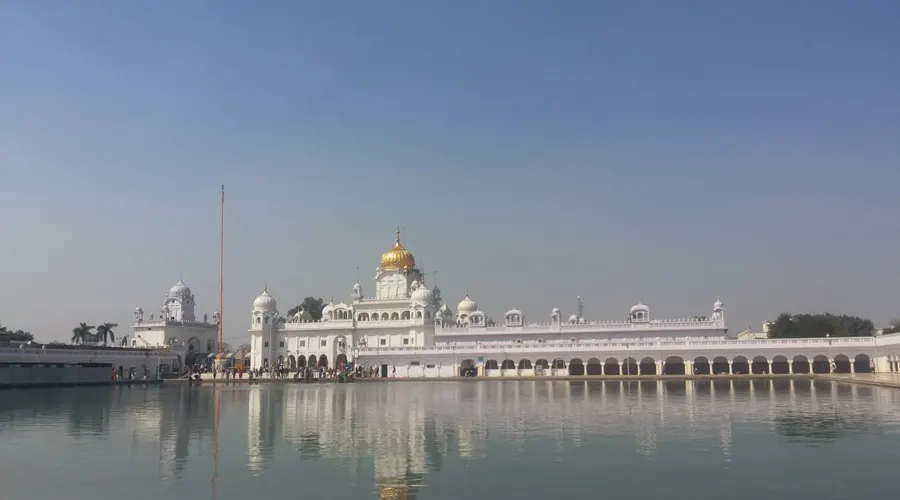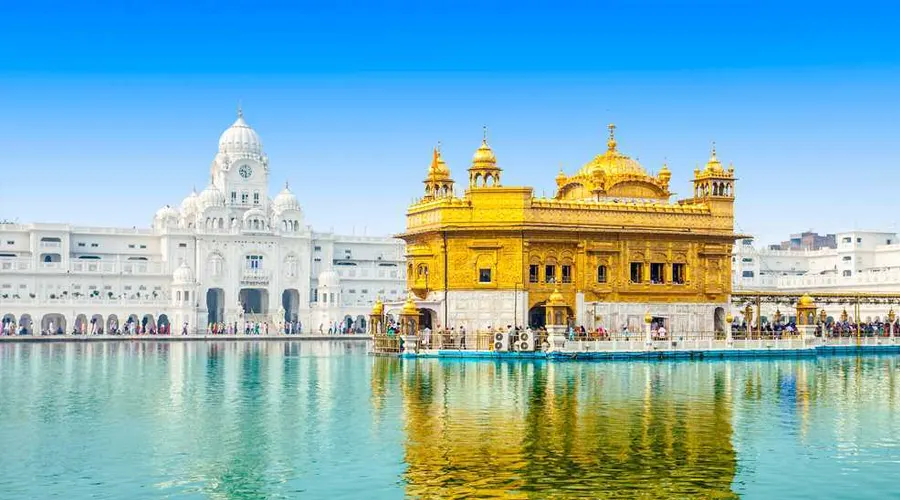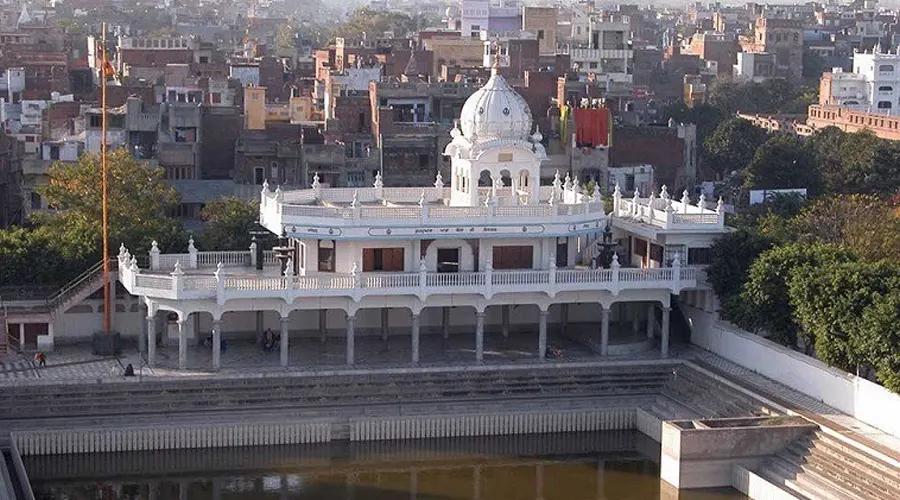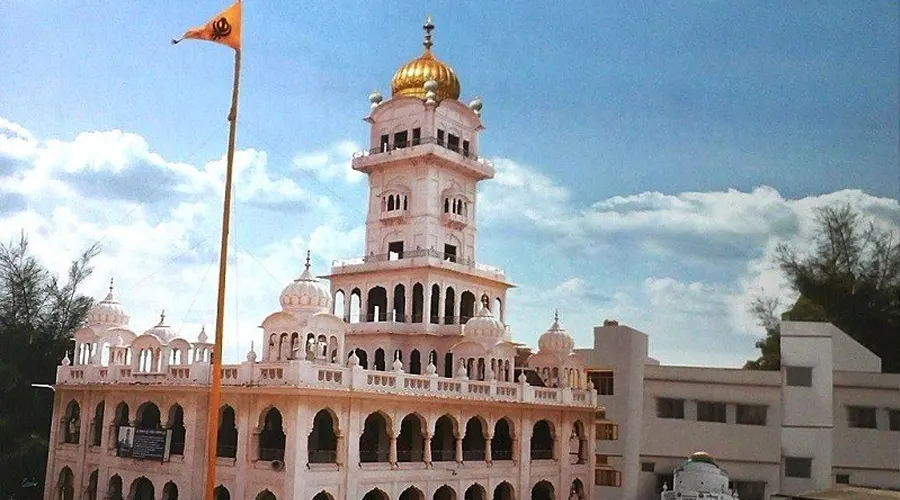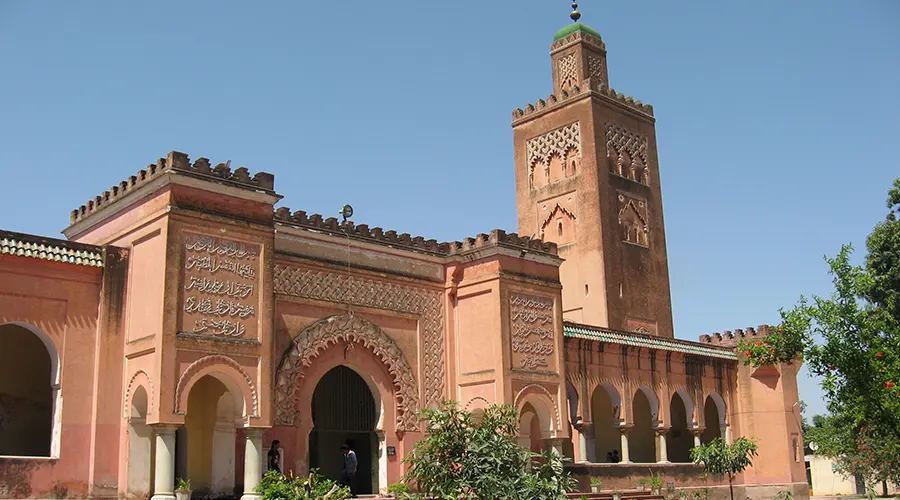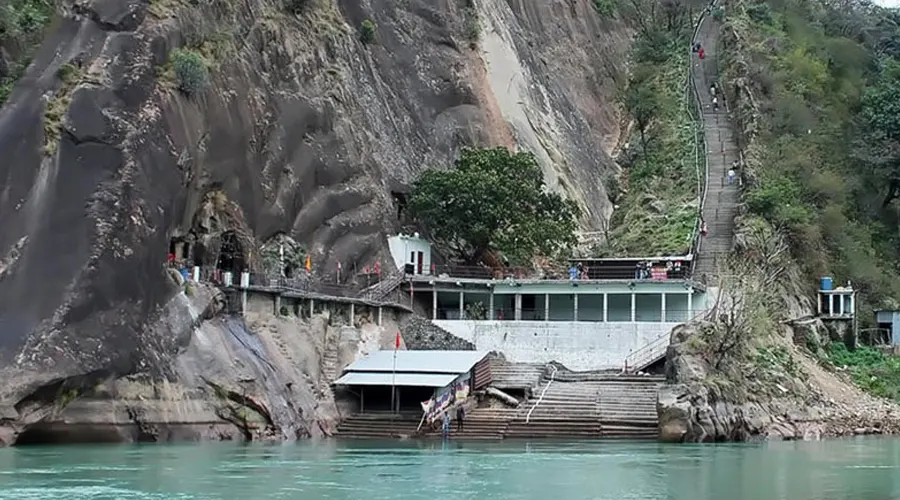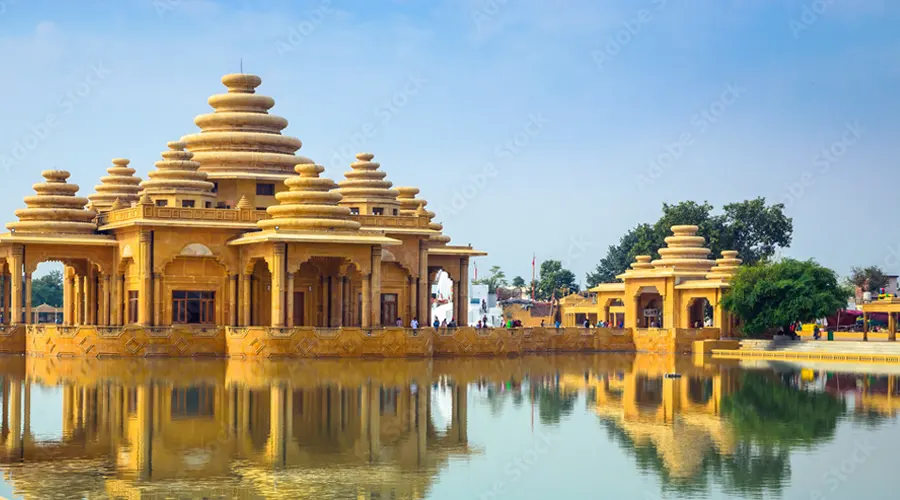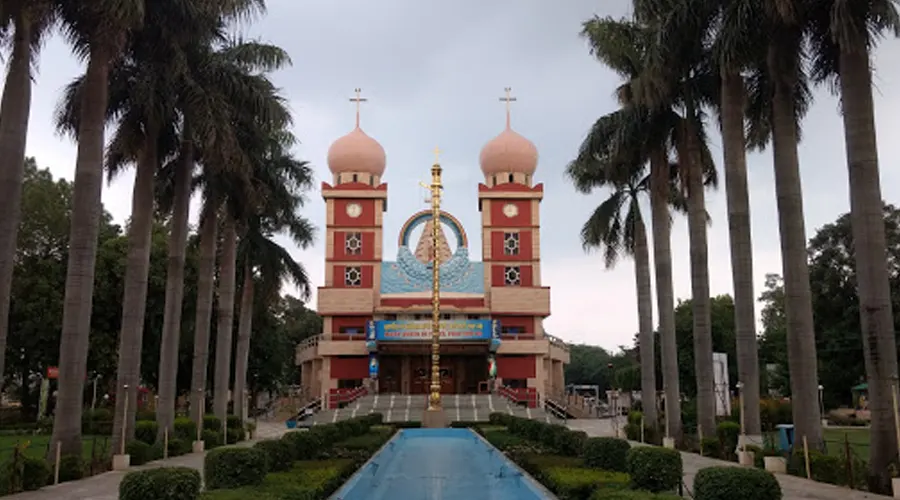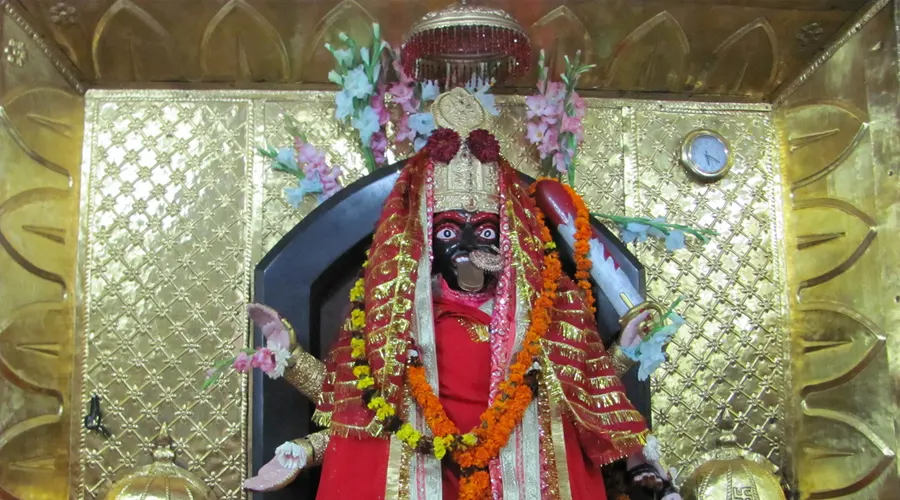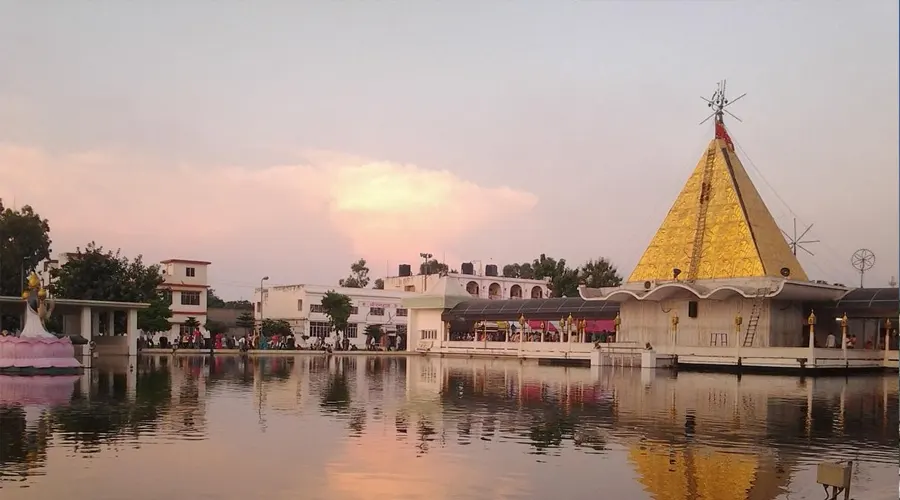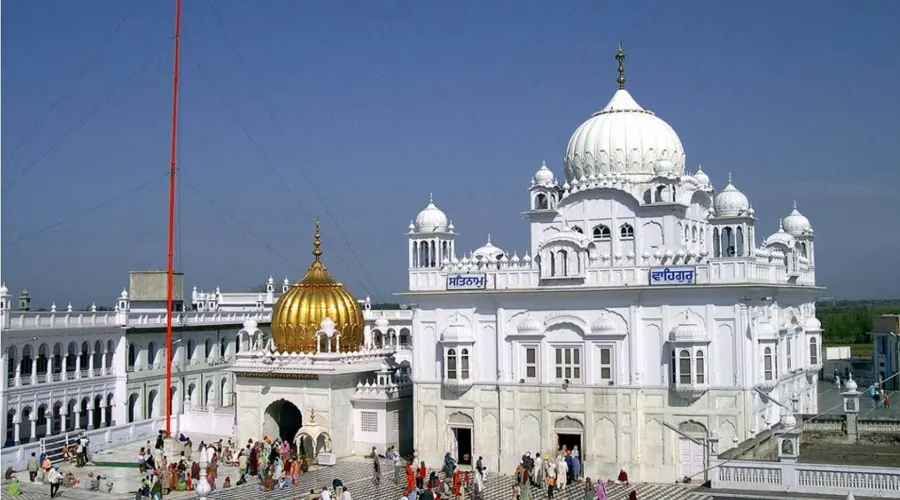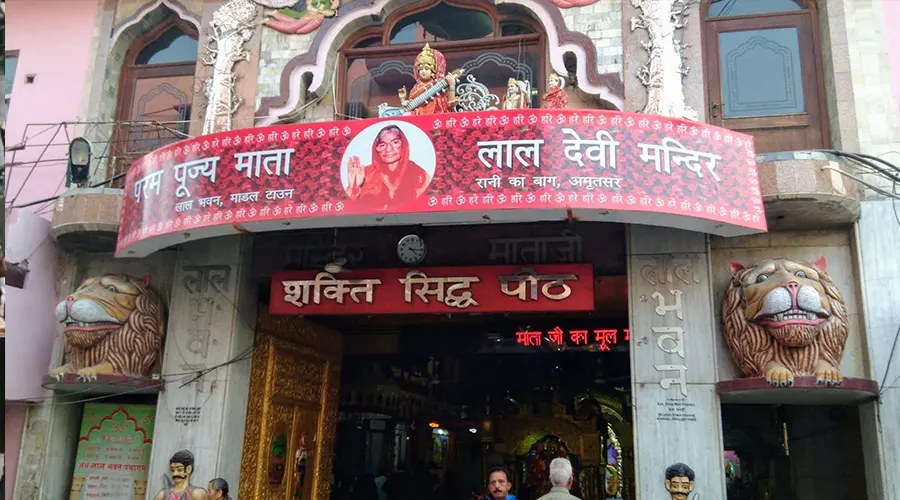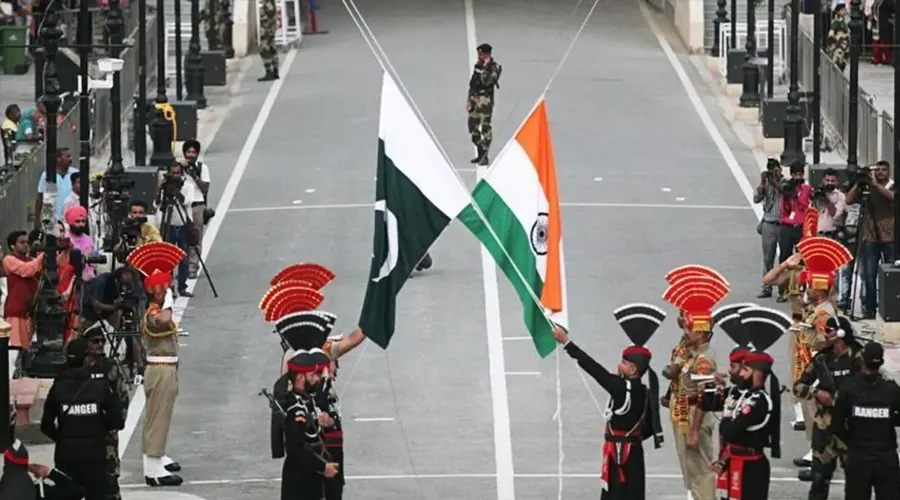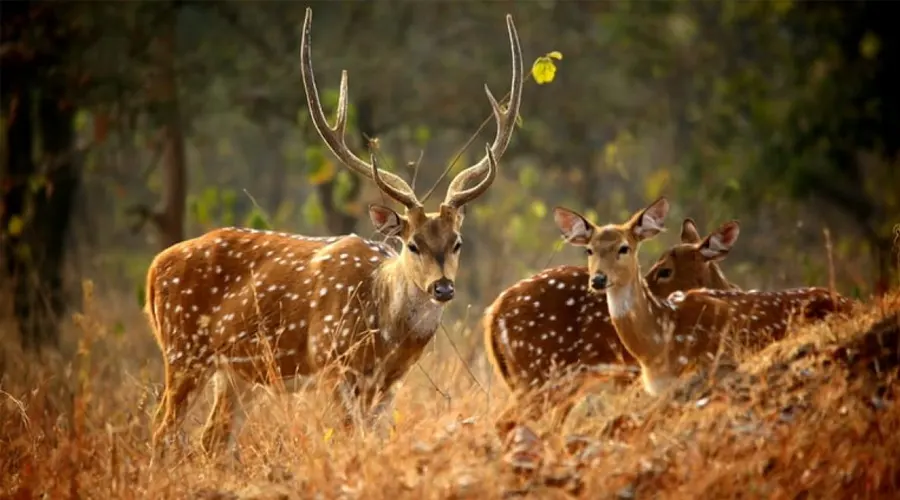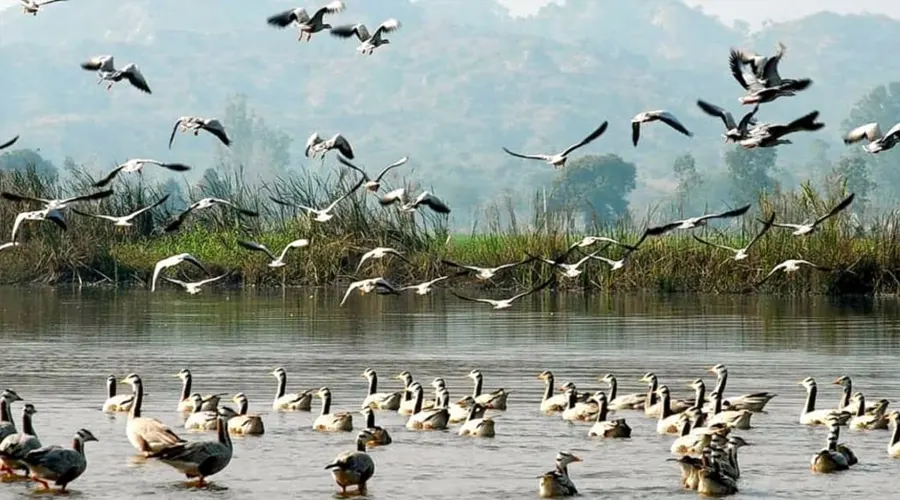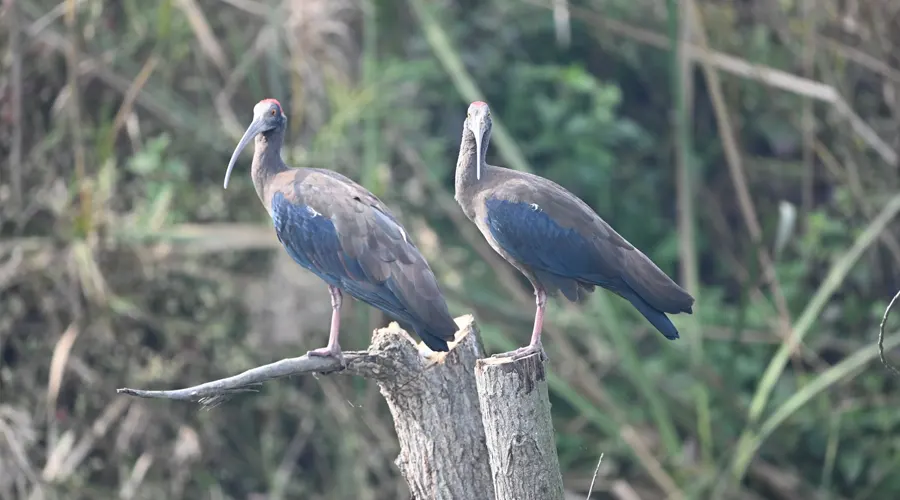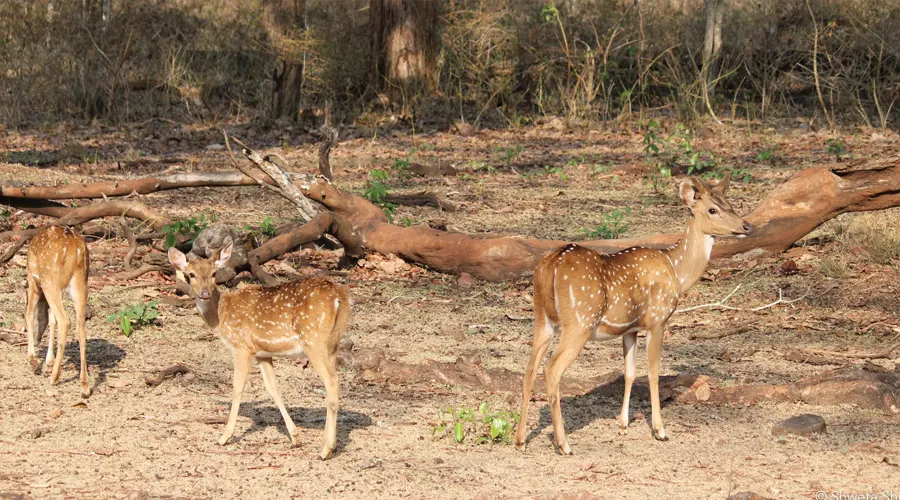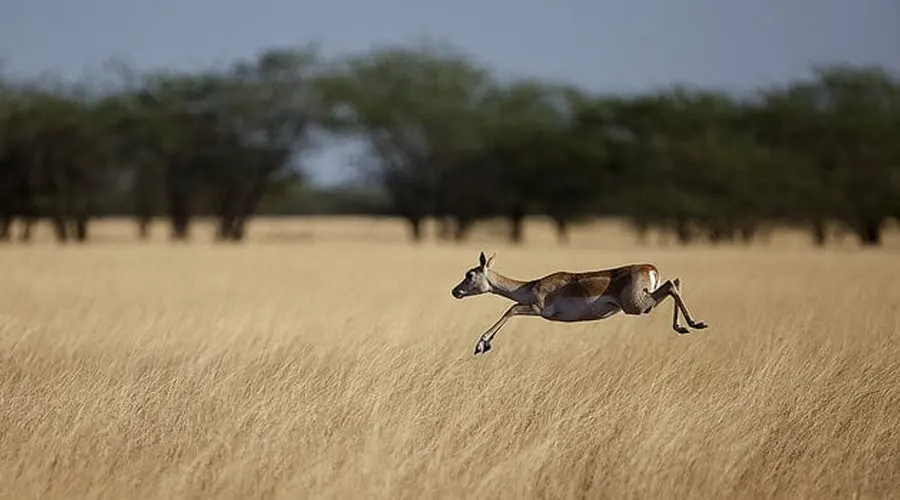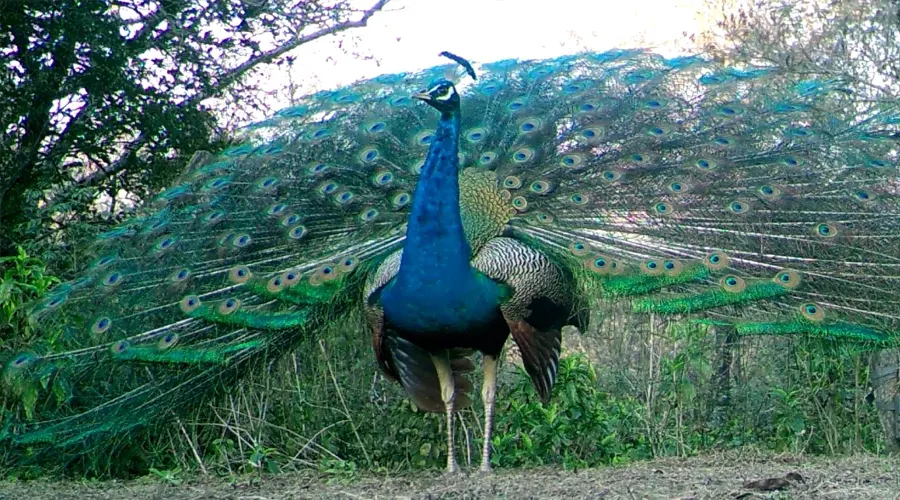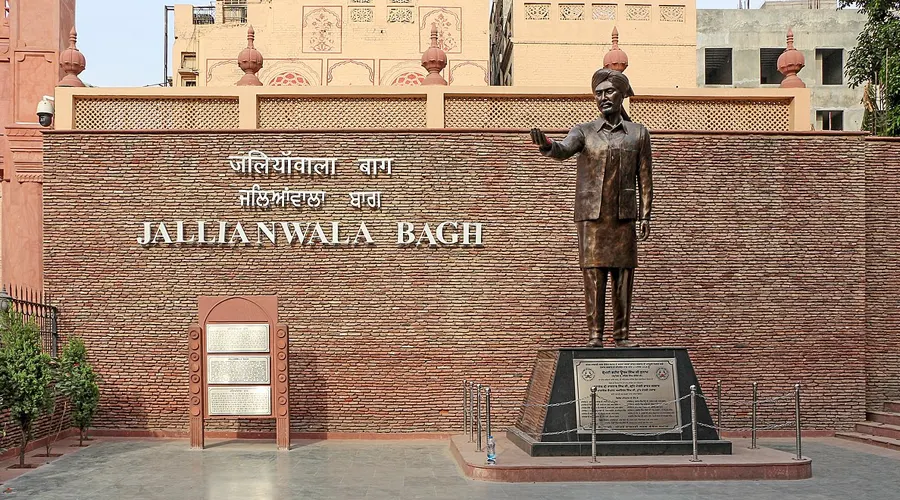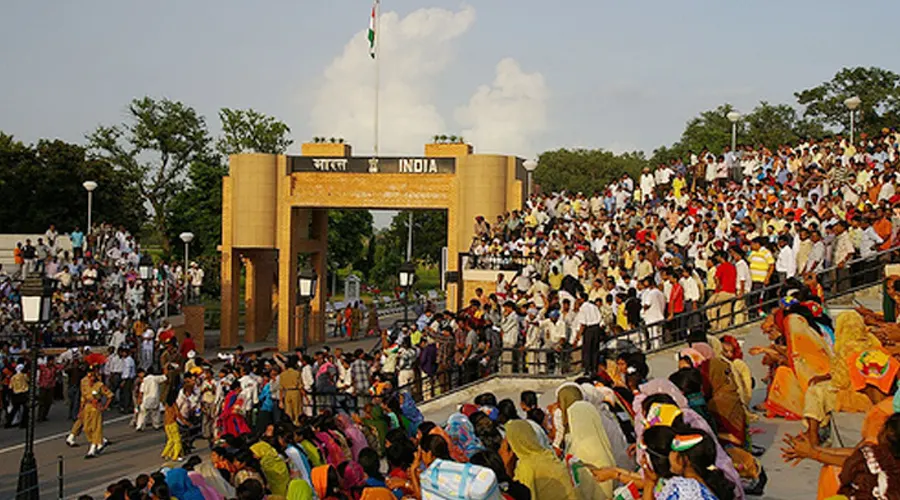Gurudwara Dukh Nivaran Sahib
One of the most popular Gurudwaras in Punjab, Gurudwara Dukh Niwan Sahib is a Gurdwara in Lehal which is now a part of Patiala and is quite famous for curating virtues. Looked after by the Shiromani Gurdwara Parbandhak Committee, visitors have faith in the healing qualities of the water here and pay an annual tribute to this Gurudwara.
According to the HukamNama, it is believed that if anyone with ailments or illnesses takes a dip in the pond with complete devotion and attention can be fully cured. Visitors can take part in a lot of activities apart from praying here such as volunteering to help feed people or keeping the Gurdwara clean. Several people visit this Gurdwara, not only on special occasions such as Basant Panchmi (the day when Guru Tegh Bahadur Ji arrived here), Gurunanak Jayanti, or Lohri but this place is also often visited by newly-wed couples and new-borns. All in all, this Gurudwara is considered highly auspicious as it is known for its healing powers and is worth a visit for those who visit Patiala.
History
Local tradition says that One Bhag Ram, a jhivar of Lehal waited upon Shri Guru Tegh Bahadur Ji, the ninth guru of Sikhs during his sojourn at Bahadurgarh and requested him to visit his village to end a mysterious plague that had been spread for years. On 24th January 1672, Guru visited Lehal and sat under a Banyan tree by the side of a pond, subsequently leading to the end of the mysterious sickness in the village. As a result, the site where Guru Tegh Bahadur Ji meditated became “Dukh Niwaran” which means “eradicator of all suffering” while devotees believe that the water in the pond or Sarovar attached to it has healing properties.
In the early 1900s, this site was fought over between the locals of Lehal and the Nihang Sikhs. The Nihang Sikhs were appointed to construct this site by Raja Amar Sing of Patiala and they decided to abolish the Banyan tree here to construct the Patiala Railway Line. However, the locals protested and this act was stopped by Maharaja Bhupinder Singh. However, no Gurdwara was constructed on this site. It was only in the 1930s that a committee was formed and funds were collected to build a Gurdwara here. By 1942, Gurdwara Dukh Niwaran Sahib along with the adjoining Sarovar was built and inaugurated under the commissioning of Maharaja Yadavindra Singh.
Architecture
Gurdwara Dukh Niwaran Sahib runs across seven acres of land. The iron entry gate is two-storied and has a black and white marble floor. On the left pathway that leads to the main building, lies the Banyan Tree where Guru Tegh Bahadur Ji decided to meditate. The central building is two-storied with a domed pavilion on top which has a curved-coping round sun window on each side that faces horizontally at the ends. It is on a raised base with octagonal chambers in each corner. This building is decorated with domed pavilions and lotus blossoms with leaves on the walls. The interior flooring is made with white and grey marble on the inside with black and white marble on the edges. The ceiling has stucco work with floral designs and the Guru Granth Sahib is placed on the square canopy at the far end of the room. The Langar Hall is on the left while the 75-meter Sarovar is on the right. On the fifth day of each Lunar Month, a big gathering is held here.

